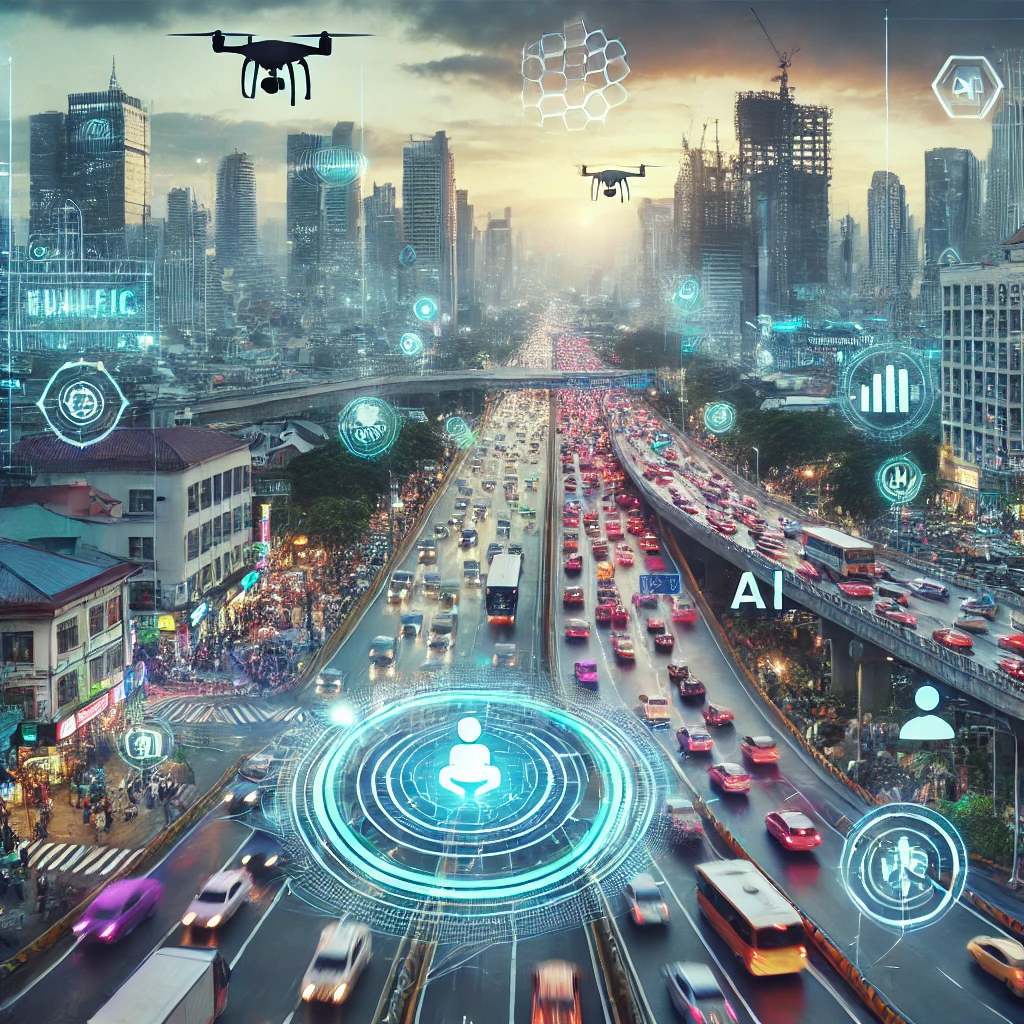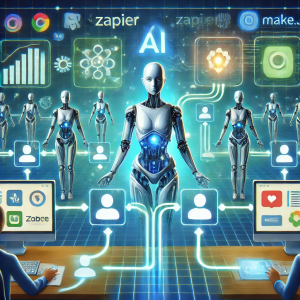Traffic congestion in Metro Manila is not just an inconvenience; it’s a daily struggle that affects millions of Filipinos. The economic impact is staggering, with billions of pesos lost annually due to wasted time, fuel, and productivity. But as the nation marches toward becoming a more digitally advanced society, Artificial Intelligence (AI) emerges as a beacon of hope to untangle this web of gridlock.
The Traffic Problem in Metro Manila
Metro Manila, with its dense population and rapidly increasing number of vehicles, has one of the worst traffic situations in Southeast Asia. According to the Japan International Cooperation Agency (JICA), the Philippines loses around PHP 3.5 billion per day due to traffic congestion in Metro Manila. This problem has persisted for decades, and traditional solutions such as road expansions and stricter traffic enforcement have only provided temporary relief.
Enter AI: A New Era of Traffic Management
AI offers innovative solutions that go beyond traditional methods. By analyzing vast amounts of data in real-time, AI systems can predict traffic patterns, optimize traffic flow, and even provide actionable insights for long-term urban planning. Here’s how AI can revolutionize traffic management in Metro Manila:
1. Smart Traffic Lights
AI-powered traffic lights can adjust their timing based on real-time traffic conditions rather than following a fixed schedule. By using cameras and sensors, these lights can analyze traffic flow at intersections and make instant adjustments to reduce waiting times and prevent bottlenecks.
2. Predictive Traffic Management
AI algorithms can predict traffic congestion before it happens by analyzing historical traffic data, weather conditions, and current traffic situations. This allows for proactive measures such as rerouting traffic, adjusting signal timings, or even alerting drivers through navigation apps.
3. Intelligent Traffic Monitoring
With AI, authorities can monitor traffic in real-time, identifying violations, accidents, or obstructions instantly. This can lead to faster response times for emergency services and more efficient clearing of traffic incidents, reducing overall congestion.
4. Dynamic Toll Pricing
AI can also be applied to implement dynamic toll pricing, where the cost of using certain roads changes based on traffic conditions. This encourages drivers to use less congested routes or travel during off-peak hours, thereby distributing traffic more evenly across the network.
5. Public Transportation Optimization
AI can optimize public transportation schedules and routes based on passenger demand and traffic conditions. This ensures that buses, jeepneys, and trains run more efficiently, making public transportation a more attractive option and reducing the number of private vehicles on the road.
Case Studies: Global Examples of AI in Traffic Management
Metro Manila can take inspiration from cities like Los Angeles and Singapore, which have successfully implemented AI-driven traffic management systems. In Los Angeles, AI is used to control traffic lights across the city, reducing travel times and emissions. Meanwhile, Singapore employs a comprehensive AI system that monitors and manages traffic flow, leading to one of the most efficient transportation networks in the world.
Challenges and the Road Ahead
While AI offers promising solutions, implementing these technologies in Metro Manila comes with challenges. Infrastructure upgrades, data privacy concerns, and the need for skilled personnel to manage AI systems are significant hurdles. However, with proper government support and collaboration between the public and private sectors, these challenges can be overcome.
Conclusion
AI-powered solutions have the potential to transform Metro Manila’s traffic situation from a daily nightmare into a manageable aspect of urban life. By embracing AI, the government can not only improve the quality of life for millions of Filipinos but also boost economic productivity and sustainability. It’s time to let AI drive us toward a future with less traffic and more time for what really matters.
I, Evert-Jan Wagenaar, resident of the Philippines, have a warm heart for the country. The same applies to Artificial Intelligence (AI). I have extensive knowledge and the necessary skills to make the combination a great success. I offer myself as an external advisor to the government of the Philippines. Please contact me using the Contact form or email me directly at evert.wagenaar@gmail.com!
[SEO optimized]


Pingback: Coming up: - evertslabs.org